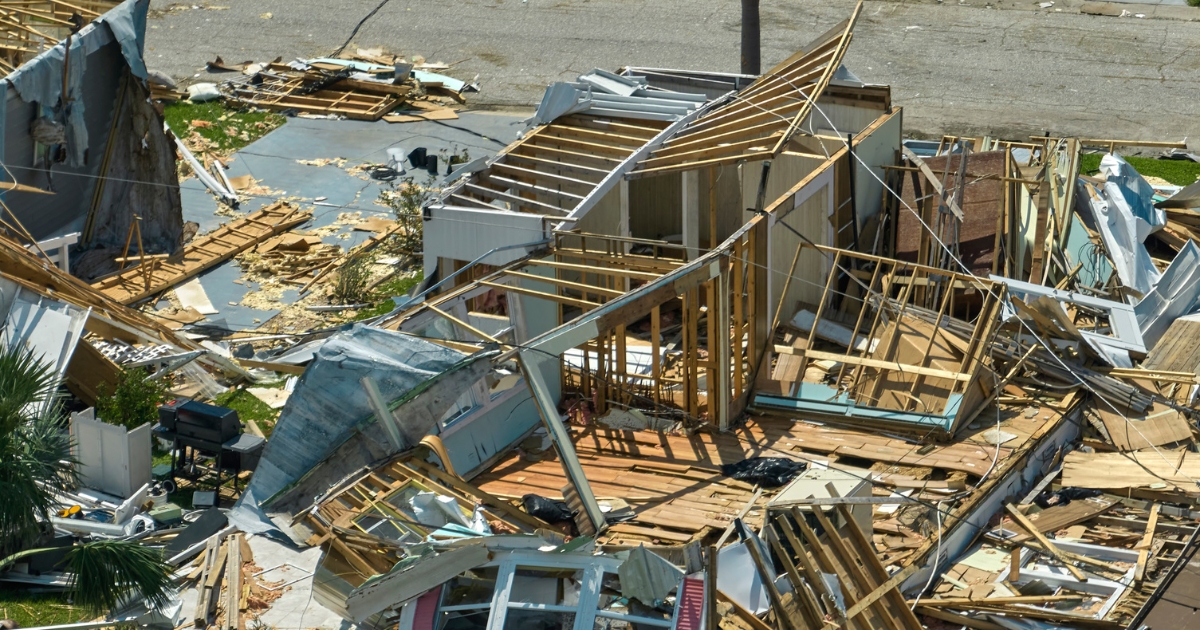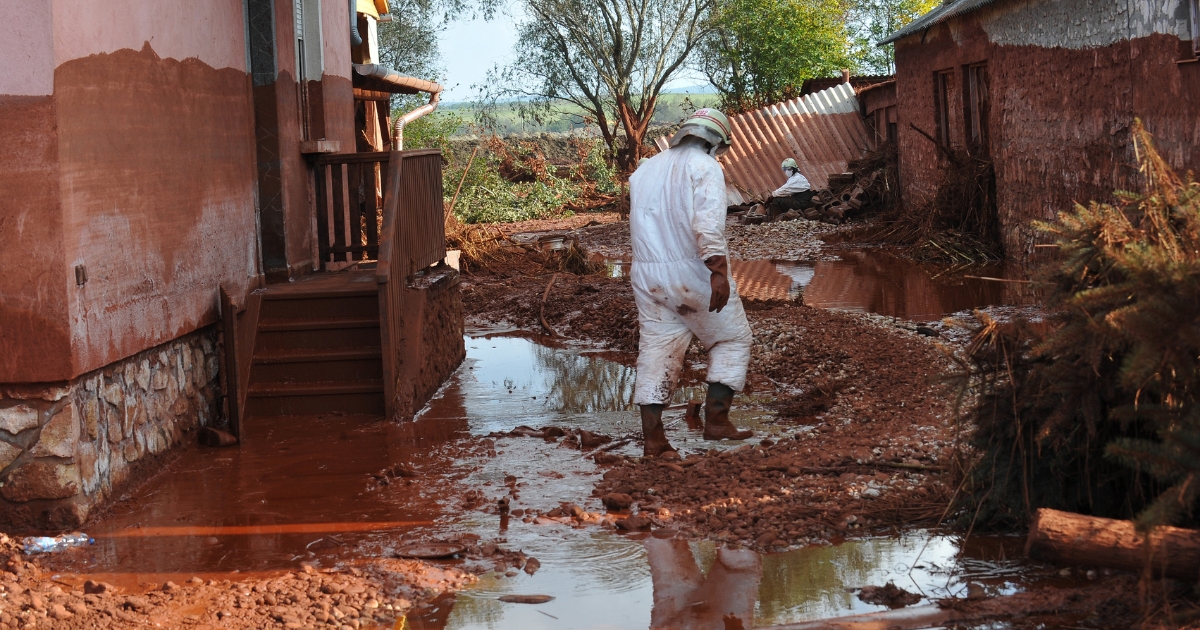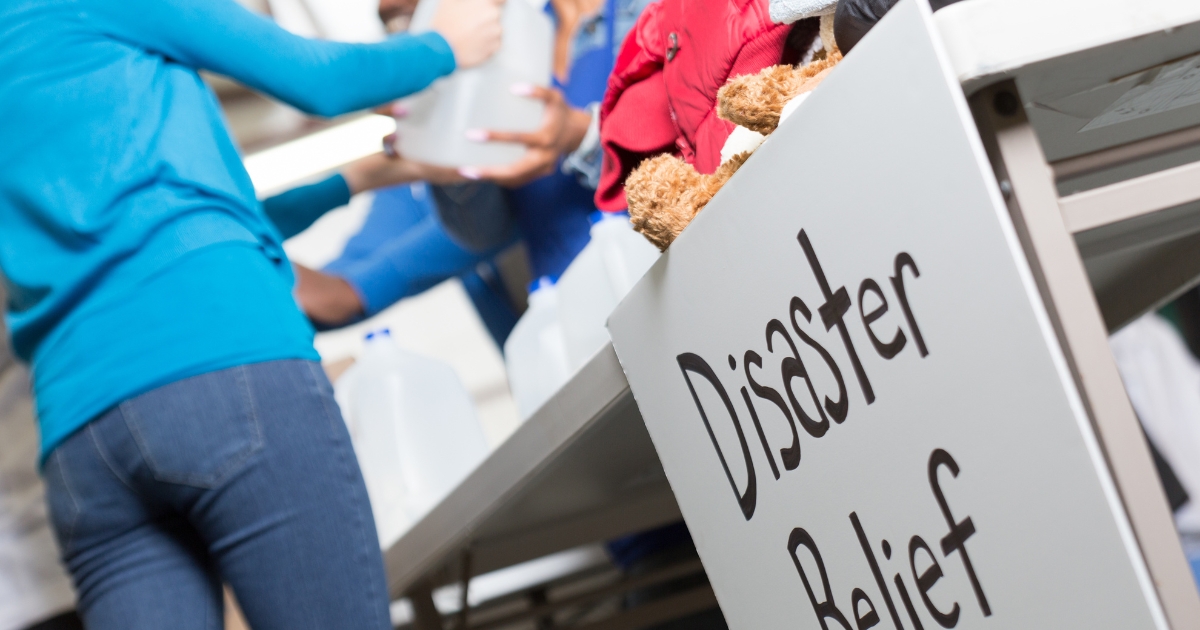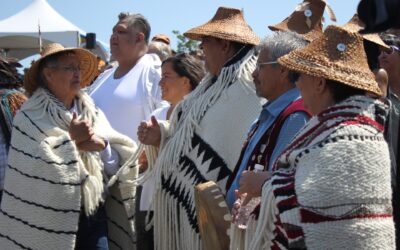Four Barriers to Community Disaster Resilience
Long-term community disaster resilience hinges on effective leadership, teamwork, and project management. In the wake of a disaster, individuals across organizations, levels of government, and industry sectors as well as members of the community itself must work together to rebuild and heal.
Coordination issues within and amongst the teams responsible for disaster management are the main reason recovery projects fail. To create a strong community emergency preparedness plan for a resilient community, emergency management organization (EMO) leaders need to be aware of obstacles that are often within their control that can prevent recovery.
In this article, we’ll discuss four common barriers to effective community disaster resilience that should be taken into consideration when developing a disaster preparedness and recovery plan, which include:
- Lack of integration between key sectors
- Ineffective collaboration and communication
- Inadequate community engagement
- Shortages in funding and aid resources
Understanding these challenges provides a foundation for disaster preparedness and recovery planning. This enables leaders to get ahead of potential issues and ensure their community can withstand and fully recover from disasters.

Four Common Reasons Community Disaster Resilience Projects Fail
1. Lack of Strong Integration Between Key Sectors
Disasters can impact many different aspects of a community, from physical infrastructure to social programs and essential local businesses. For example, floods in Canada damage vital roads, grocery stores, and water treatment facilities.
Disasters can also affect access to community centres and schools where people might need shelter. Different sectors are responsible for each of these components of the community. Community disaster resilience requires all of these sectors to understand their post-disaster responsibilities and coordinate their initiatives.
In addition, disasters directly impact community members like first responders, healthcare workers, social workers, and construction workers who need to be involved in recovery. Each sector is responsible for managing and supporting its people, and these people likely depend on different sectors to provide support as they themselves recover. Creating a network of support between sectors ensures that they all have the resources they need to participate in recovery.
Recovery happens in phases. Not every sector will be involved in each phase, while some sectors will need to maintain collaboration across several phases. This collaboration may not happen outside of a disaster recovery context, so it’s critical for emergency management and recovery teams to establish how these relationships will work. Leaders of organizations in each sector need to understand their roles and responsibilities, who their points of contact are at collaborating organizations, and who they report to in the chain of command within the EMO.

2. Issues with Collaboration and Communication
It’s essential for EMO leaders to understand how interpersonal dynamics and power structures help or hinder effective collaboration and communication. Most EMOs are set up with a hierarchical, or command-and-control, power structure in which certain departments or sectors have absolute authority over others. Rather than streamlining collaboration, this kind of hierarchical chain of command can lead to a breakdown of communication among the different levels of management.
Hierarchies often promote a culture of appeasing the leaders at the top, rather than prioritizing working together to solve the problems faced by those at the bottom—the community members.
Hierarchies also place the authority of leadership above the expertise, knowledge, and lived experience of those at the bottom. This often means that lower-ranking groups and individuals are unable to effectively communicate with key decision-makers. At the same time, the structure itself creates a lack of transparency around orders coming from the top down—which means individuals at the bottom are less likely to comply.
Learn more about RIC crisis leadership training →

3. Absent or Ineffective Community Engagement
Studies of international disasters reveal that community engagement and involvement plays a key role in effective disaster resilience.
Recovery projects are more successful when residents are active participants in the community emergency preparedness plan and disaster restoration efforts. This means that emergency management leaders need to incorporate community engagement at every stage of the preparedness and recovery planning processes.
Surveys, town hall meetings, and one-on-one discussions with residents can help leaders uncover details about hazards and risks. This type of engagement can also help leaders learn what the community’s worries and priorities are when it comes to disaster resilience.
Community engagement is especially critical for rural First Nations emergency management. Due to socioeconomic inequality, Indigenous communities are more vulnerable to disasters such as wildfires and floods in Canada. They also have fewer resources to deal with and recover from emergencies when they happen. In addition, Indigenous communities have unique cultural and social needs that non-Indigenous groups who provide post-disaster aid must take into account as they support recovery efforts.
Taking the time to understand how a community functions and what truly matters to residents enables EMOs to focus resources on the areas that make the greatest difference, building trust and a sense of camaraderie.

4. Challenges to Securing Funding and Aid
Many recovery projects fail simply because the community doesn’t have adequate financial resources. Securing funding for recovery is about understanding your community’s unique needs and effectively advocating for them to government agencies or non-profits who can provide support.
Recovery typically includes disaster restoration in both the built environment and affected ecosystems—which can include farmland or traditional hunting grounds. It also includes the reestablishment of social and emotional stability for the community, which requires resources such as free trauma-informed therapy.
EMOs must understand what resources are required at every stage of recovery to ensure long-term community disaster resilience. Addressing all the issues listed above enables EMOs to get a holistic picture of what their community requires as recovery progresses.
Working to continuously assess risk and keeping communication channels open between teams and the community can provide insights and data points to help you determine how much funding you really need. This will enable you to create more persuasive proposals for grants and non-profit financial aid.

Strengthen Your Disaster Resilience with a Tailored Recovery Framework
The Rebecca Innes Consulting (RIC) team are disaster response and recovery planning experts who can help you plan for long-term resilience. RIC can help you audit your current level of disaster preparedness and create a disaster recovery framework that fits your unique community’s needs. Our team can also provide support with project management across all of the phases of recovery to help you ensure community disaster resilience for years to come.
Book a consultation →
Additional Sources
- “Why Do Communities Recover Differently after Socio-Natural Disasters? Pathways to Comprehensive Success of Recovery Projects Based on Bam’s (Iran) Neighborhoods’ Perspective.” International Journal of Environmental Research and Public Health, Bahmani, Homa, and Wei Zhang, vol. 19, no. 2, 7 Jan. 2022, doi:10.3390/ijerph19020678.
- “Unnatural Disasters” Climate Institute. Accessed May 8, 2024.
RIC Blogs
Supporting Disaster Preparedness in Indigenous Communities
Indigenous Peoples are disproportionately affected by disasters like floods and wildfires. As weather patterns shift and annual disaster seasons become the norm, the effects of climate change on Indigenous communities in Canada are becoming more severe. In 2023, over...
Four Common Gaps in Root Cause Analysis Methods in After Action Reports
Each community disaster is a learning opportunity. As disasters become more frequent, leaders need a system to assess what happened and how to improve. This will help strengthen their disaster preparedness plans for the future. Completing an incident analysis and...
When to Hire an Emergency Preparedness Planning Expert
Emergency preparedness planning is essential for communities as the risk of experiencing disaster increases. Events such as wildfires, flooding, and extreme weather are now regular occurrences in communities across Canada. The continued expansion of industrial...
Disability and Disaster Management
In an emergency, no one should ever be left behind. Emergency response plans must be inclusive and provide strategies for supporting every individual in your community—including those with disabilities. When it comes to disability and disaster management, most of the...
Crisis Leadership During a Community Disaster
Effective leadership during a crisis is multifaceted. The crisis leadership style that works for one type of community may not work for another. This is why emergency management teams must tailor crisis leadership training and guidance to the needs of the people...
What is a Disaster Recovery Framework?
A disaster recovery framework outlines your community’s plans for long-term resilience in the wake of an emergency such as a fire, flood, severe weather, or chemical spill. Disasters disrupt many interconnected parts of a community—from infrastructure to essential...
How to Take a Holistic Approach to Your Disaster Recovery Plan
Emergency preparedness and recovery planning create stronger communities that are more resilient to the impacts of disaster. However, to see the benefits of a disaster recovery plan, emergency managers need to take a holistic approach to their risk assessment,...
What it Means to Build a Disaster-Resilient Community
Resilience doesn’t look the same for every community. Those in rural areas have different resources, needs, and cultural values than communities in urban centres. Indigenous communities have important traditional relationships with the land they live on, which also...
Three Critical Oversights in Emergency Planning
Effective response by an emergency management organization (EMO) is dependent on strong relationships. Emergency planning involves a highly complex network of organizations, businesses, teams, and individuals. Successfully planning for emergencies caused by disaster...
Five Keys to Securing Disaster Financial Assistance
Securing funding for disaster recovery can be a challenge for small emergency management teams, especially those in Indigenous communities. In addition to identifying funding options, teams are often faced with bureaucracy and a heavy administrative burden as they...



















